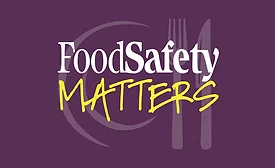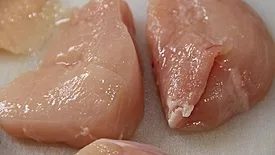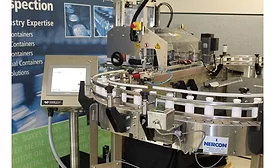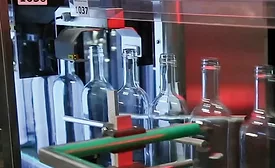Home » Keywords: » quality assurance
Items Tagged with 'quality assurance'
ARTICLES
Use of Quality Assurance Tools in Food Safety
Deploying data to probe root causes of safety lapses—and prevent them
August 17, 2021
Manage food safety data
Use data analytics to drive decision-making and continuous improvement.
September 17, 2018
Inspection equipment evolves with automated operations
Packaging design impacts inspection equipment
July 14, 2017
IMAGE GALLERIES
Slideshow: QA/QC and food safety technology for process improvement
Quality assurance and quality control are of the utmost importance for food manufacturers and processors. Read more in our article "QA/QC and food safety technology for process improvement."
Posted: October 30, 2020
Never miss the latest news and trends driving the food safety industry
eNewsletter | Website | eMagazine
JOIN TODAY!Copyright ©2025. All Rights Reserved BNP Media.
Design, CMS, Hosting & Web Development :: ePublishing













